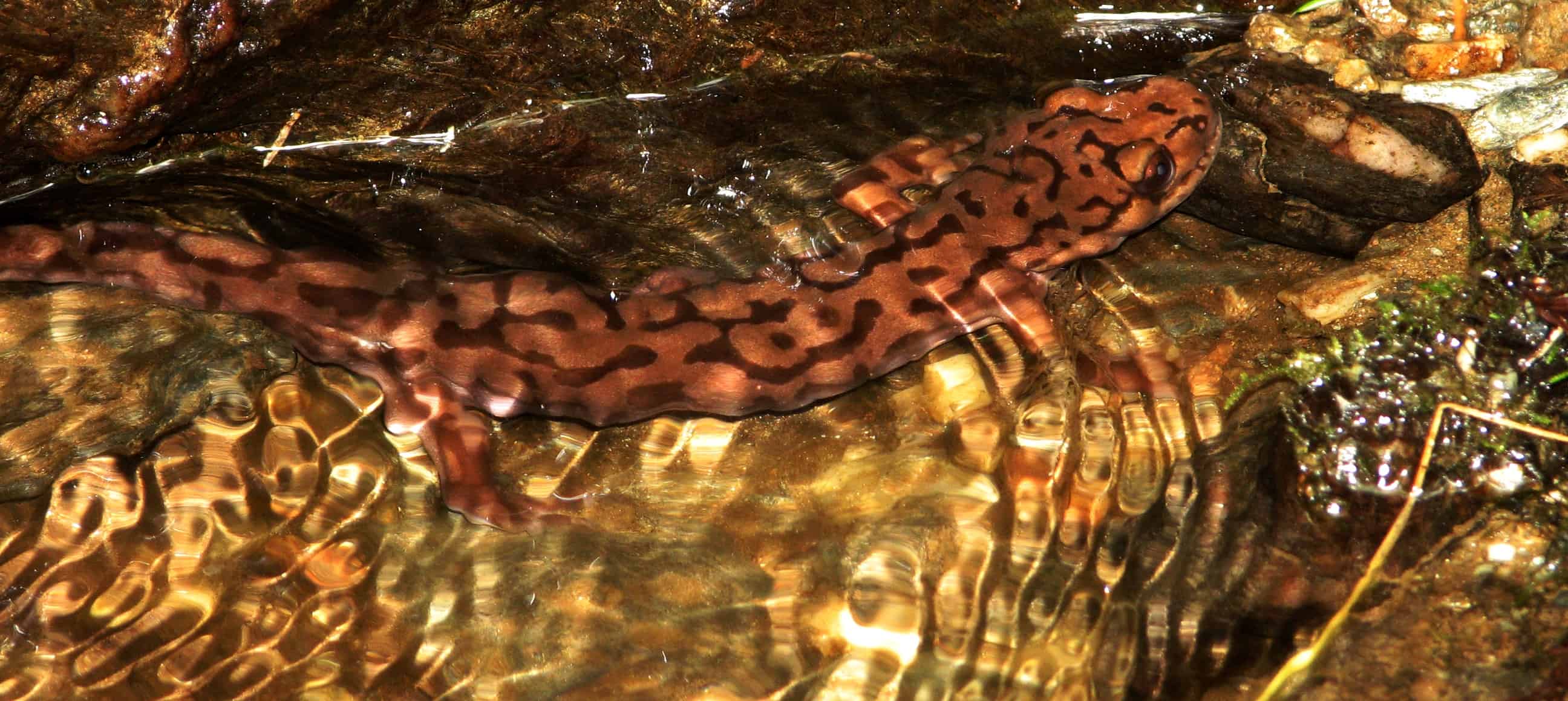Share this article
Responding to drought, salamanders and trout seem resilient
Many well-known species like polar bears (Ursus maritimus) face immediate threats from climate change. But some wildlife, like populations of coastal cutthroat trout (Oncorhynchus clarkii) and coastal giant salamanders (Dicamptodon tenebrosus) in the Pacific Northwest, appear to have more of an ability to bounce back after droughts, which are expected become more severe and more frequent in the region with climate change.
“This buys us time to insulate these populations from climate change,” said Dana Warren, an assistant professor at Oregon State University and author on a paper on the two species’ resilience published in Hydrobiologia. “They’re still vulnerable because they have these negative effects, but the negative effects likely won’t manifest consistently as long as droughts remain periodic events.”
The study was somewhat a case of being in the right place at the right time. Matt Kaylor, a PhD candidate at Oregon State University and the study’s lead author, had been conducting research since 2013 on riparian forests and stream biota. Salamanders and fish were two dominant predators he was studying. “Then the drought hit in 2015,” Kaylor said.
The team compared data on nine streams from before, during and after the drought, looking at population abundance, body size, body condition and demographic information. What they found may be promising for both trout and salamanders. In the drought year of 2015, all nine streams showed declines in trout abundance compared to previous years. Salamander numbers did not exhibit a clear increase or decrease, but their body condition consistently declined.
“Both were negatively impacted but in different ways,” Warren said. Within a year or two, though, trout numbers bounced back and salamanders returned to their pre-drought condition.
That gives managers time to maintain and restore habitat, like deep pools, that could help the two species survive more frequent droughts, he said.
“Until drought like the one we saw in 2015 becomes the new normal, these populations seem to have the resilience to persist,” Warren said. Essentially what it means is, they appear to be able to recover quickly in years with higher flows and that’s a good thing in the face of climate change.”
Header Image: Coastal giant salamanders were able to recover body conditions that had declined during the 2015 drought. ©NPS/Steve Krause








